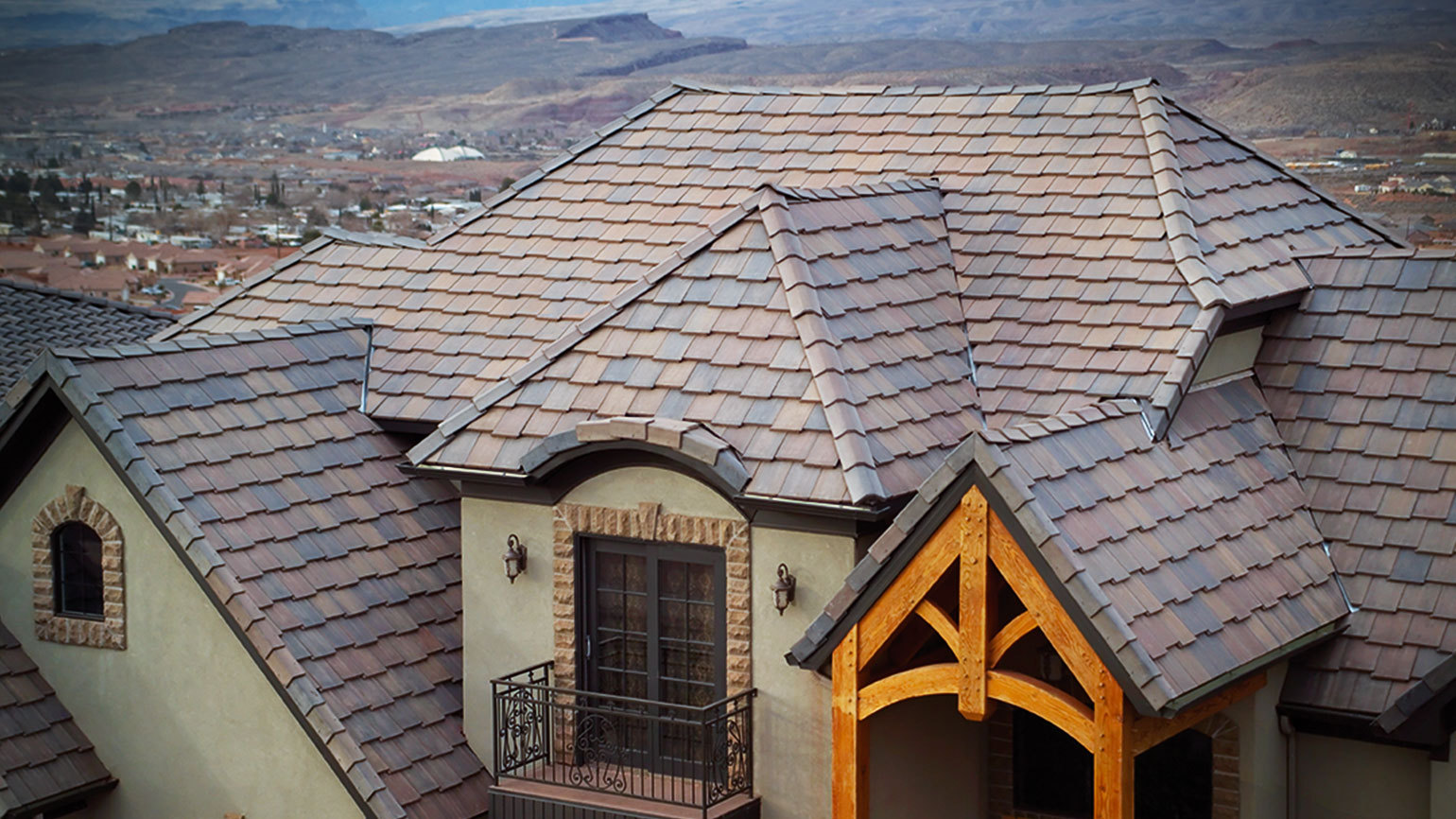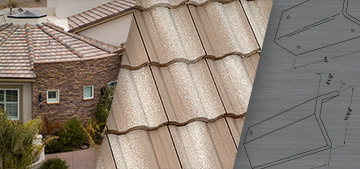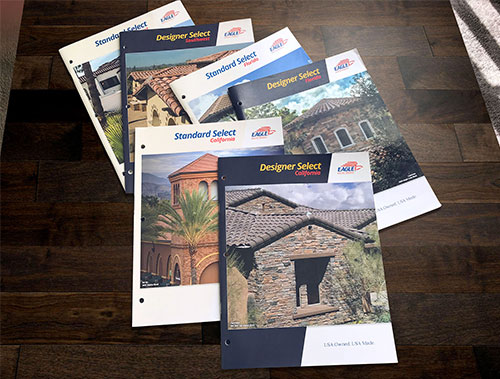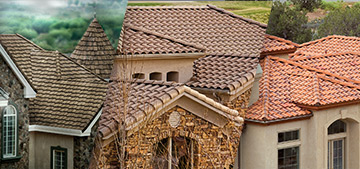The underlayment, such as Eagle Roofing Products’ Eagle Armor by APOC, serves as a core component within a roof system, preventing the passage of water to the underlying layers. Over time, all roof systems will require some form of maintenance to help extend the lifespan and this is the perfect opportunity to inspect the underlayment. 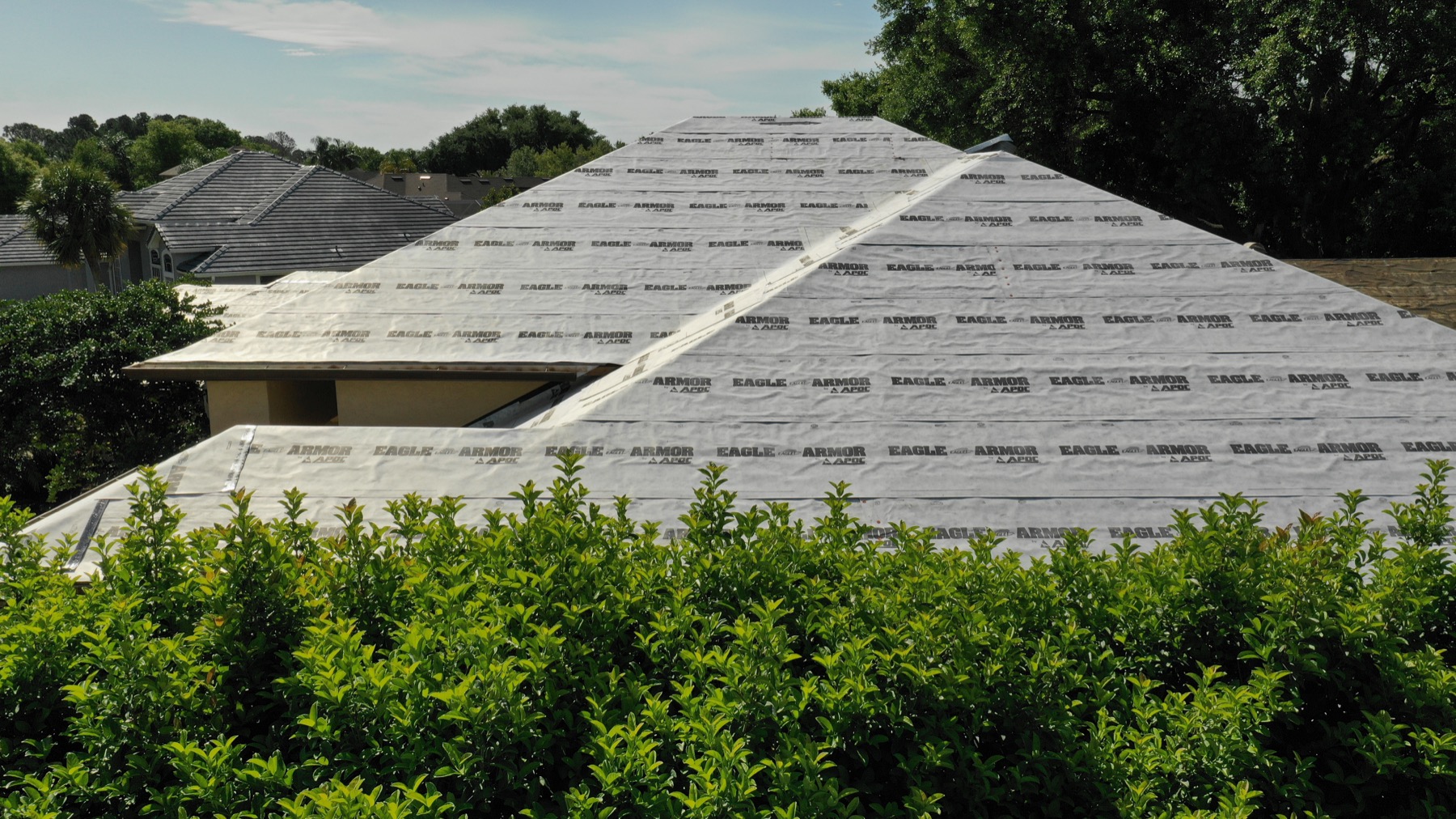
Based on a recent Western Roofing Magazine Tile Talk segment with Tile Roofing Industry Alliance (TRIA) President and Technical Director, Rick Olson, it is recommended that roofing contractors take the time to inspect the underlayment when doing any maintenance or repairs. They should check to ensure that water is being properly directed off of the roof and not penetrating through the underlayment onto the roof deck, attic or walls of the home. Visually inspecting the underlayment can also help to determine the roof’s lifespan. Whether minor spot repairs or a full roof replacement of the underlayment is necessary can be determined by the severity of any buckling, tearing, or worn areas of the material.
When inspecting roofs, it’s important to pay attention to areas of the roofline that have higher exposure to natural elements. This includes the eave, hip, and ridge areas, as well as any roof penetrations like vents or chimneys. These areas are prone to wind-driven rain and can create opportunities for water to enter onto the underlayment layers.
In the event that the underlayment needs to be fully replaced, an evaluation of the primary roof covering should also be made. The state of the primary roof covering, such as concrete roof tiles, will indicate if a full replacement/reroof is necessary. In some cases, however, it may just be the underlayment that needs replacing and a lift and re-lay may be a viable option to correct the problem. As the secondary barrier, the underlayment may not require the immediate attention for replacement and can often be delayed, meeting the building owner’s needs. This will depend upon the condition of the actual roof covering to provide the primary water shedding barrier.
Roofing professionals play an important role in helping to provide the long-term performance of a roofing assembly; however, it’s important to note that the manufacturer of the underlayment should always be consulted to help provide information on limitations, requirements, and possible solutions for better long-term performance.
For installation questions or to inquire about Eagle’s underlayment product, Eagle Armor by APOC, contact your local Eagle Account Representative.
